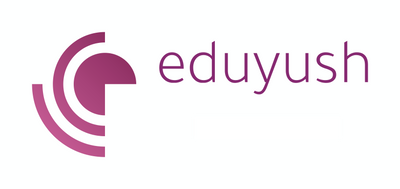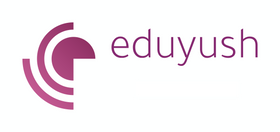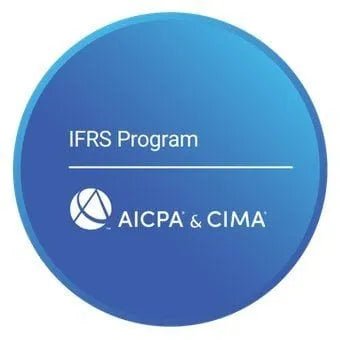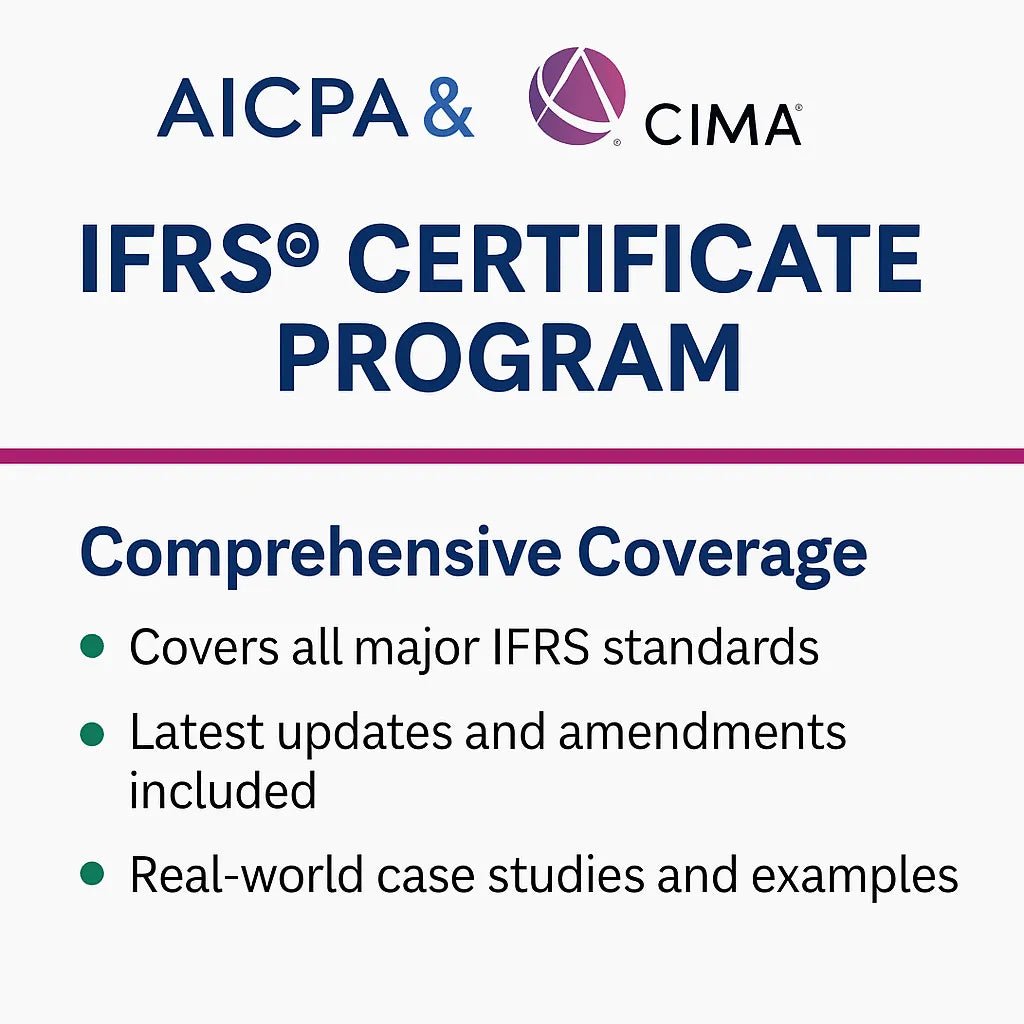SBR Question 3: Fix Your Worst Performance
Why Question 3 is SBR's Worst Performer (And How to Fix Your Approach)
SBR Question 3: The ACCA examiner's report delivers the same brutal assessment exam after exam: "Question 3 is often the worst performing question across the whole paper." The pattern is consistent, predictable, and entirely avoidable.
Here is why candidates consistently fail Question 3, and the systematic approach that changes everything.
The Core Problem: Time Starvation
The examiner's reports reveal the fundamental issue: "Too many candidates spend a disproportionate amount of time both studying for and answering questions 1 and 2. This has an impact on questions 3 and 4, which generally score lower marks."
The Cascade Effect:
- Question 1 overruns (often by 15-20 minutes)
- Question 2 gets rushed (losing 3-5 marks)
- Question 3 gets minimal time (losing 10-15 marks)
- Question 4 becomes a desperate scramble
Reality Check: Most candidates spend 90+ minutes on Question 1 (designed for 55 minutes). This single mistake destroys their entire exam strategy.
The Knowledge Gap Crisis
Beyond time management, there is a deeper issue: "Many candidates lack the knowledge and application skills to score satisfactory marks. A reasonable conclusion is that some candidates are not adequately prepared for the exam."
The Preparation Problem
Surface-Level Study: Candidates focus heavily on consolidations and ethics (Questions 1 and 2) while neglecting the broader syllabus.
Breadth vs Depth: Question 3 tests multiple standards in one question. Weak candidates know one or two areas well but struggle when multiple topics combine.
The Knowledge Dumping Trap
The examiner consistently identifies this pattern: "A large number were able to discuss the incorrect use of a 10-year budget when determining future cash flows... However, many struggled with the use of different discount rates."
What This Means:
- Candidates recite textbook knowledge
- They miss the specific application required
- They write everything they know about a standard rather than answering the actual question
The Fix: Read requirements twice. Underline the specific action words (discuss, explain, calculate, assess). Answer only what is asked.
Common Question 3 Standards (And Why Candidates Struggle)
IFRS 15 Revenue from Contracts
Typical Failure: "A large proportion of answers simply presented basic and irrelevant knowledge on IFRS 15, such as the five steps of the revenue recognition model."
What is Actually Tested:
- Contract modifications (most candidates miss this entirely)
- Performance obligation identification in complex scenarios
- Transaction price allocation with multiple deliverables
Success Strategy: Focus on application scenarios, not the basic five-step model everyone knows.
IFRS 16 Leases
Common Success: "This was the best performing part of this question overall, with many candidates scoring high or even full marks."
Why It Works: Clear numerical requirements with step-by-step calculations.
Lesson: Question 3 is not inherently harder - it's about preparation depth.
IFRS 5 Held for Sale
Typical Pattern: Strong knowledge of criteria, weak application to scenarios.
Examiner's Praise: "Good candidates then went on to apply the information given in the scenario to the criteria to decide upon the correct classification."
IFRS 9 Financial Instruments
Major Weakness: "Several candidates wasted time recalculating the initial present value of lease payments, ignoring or misunderstanding the fact that this had been provided to them."
Application Error: Treating bonds as liabilities instead of assets, showing lack of careful reading.
The Four-Part SBR Question 3 Strategy
Step 1: Rapid Requirements Analysis (3 minutes)
Before reading exhibits, scan all requirements:
- How many different standards involved?
- Calculation vs discussion split?
- Any professional marks available?
- Which parts connect to each other?
Step 2: Exhibit Mapping (5 minutes)
Link each exhibit to its requirement:
- Exhibit 1 → IFRS 15 contract modification
- Exhibit 2 → IFRS 16 lease extension
- Exhibit 3 → IFRS 9 bond accounting
Don't read everything linearly - target your reading.
Step 3: Strategic Sequencing (2 minutes)
Start with your strongest area to build confidence, but consider:
- Are later parts dependent on earlier calculations?
- Which sections offer easiest marks per minute?
Step 4: Ruthless Time Allocation (40 minutes total)
- 8 marks = 14 minutes maximum
- 9 marks = 16 minutes maximum
- Stop writing when time expires, move to next section
The Standards Mastery Framework
Instead of surface-level knowledge across all standards, develop deep application skills in commonly tested areas:
Priority 1: High-Frequency Complex Applications
- IFRS 15 contract modifications
- IFRS 9 expected credit losses and derecognition
- IAS 36 impairment (value in use calculations)
- IFRS 16 lease modifications
Priority 2: Technical Calculations
- IAS 21 foreign currency (translation of subsidiaries)
- IFRS 2 share-based payments (vesting conditions)
- IAS 19 defined benefit plans (service cost vs interest cost)
Priority 3: Judgment-Heavy Standards
- IFRS 5 held for sale criteria
- IAS 10 adjusting vs non-adjusting events
- IAS 12 deferred tax recognition
The Application Skills Gap on SBR Question 3
The examiner notes: "Candidates must also stop wasting so much time on irrelevant discussion and knowledge dumping from the IFRS Accounting Standards."
Instead of writing: "IFRS 15 has five steps: identify contract, identify performance obligations..."
Write this: "The contract modification creates a separate contract because the additional services are distinct and priced at standalone selling price. Therefore, the modification should be accounted for prospectively with the additional consideration allocated to the new performance obligation."
SBR Question 3 Time Management Rules
The 45-Minute Maximum
Never spend more than 45 minutes on Question 3, regardless of how well it's going. The examiner reports consistently show candidates who overrun on Q3 perform poorly overall.
The Partial Credit Strategy
Better to attempt all parts partially than perfect one part and miss two others entirely.
Example Allocation for 25-mark Question:
- Part (a) 8 marks: 14 minutes
- Part (b) 8 marks: 14 minutes
- Part (c) 9 marks: 16 minutes
- Buffer: 1 minute
Quality over Quantity
The examiner values concise, accurate responses: "Brief narrative answers are unlikely to meet the requirement of the question even though the numerical content may be correct."
But also: "Quantity is not more important than quality – the content of the points must be good."
Study Strategy Overhaul for SBR Question 3
Week 1-4: Foundation (Don't Skip This)
Master the basic recognition and measurement principles for all standards. Use quality study materials and practice basic applications.
Week 5-8: Application Focus
Work through past exam Question 3s under timed conditions. Focus on:
- Reading requirements efficiently
- Identifying key issues quickly
- Applying standards to unfamiliar scenarios
Week 9-12: Integration Practice
Practice questions combining multiple standards. This mirrors real Question 3 complexity.
The Examiner's Success Formula for SBR Question 3
"It was pleasing to see that some candidates seemed to have a good knowledge and understanding of various areas of the syllabus and were able to apply this in their answers."
What separates successful candidates:
- Breadth of preparation - They study the whole syllabus, not just favorites
- Application focus - They practice scenarios, not just theory
- Time discipline - They stick to allocations regardless of confidence level
- Reading precision - They answer what's asked, not what they want to answer
Professional Resources for SBR Success
Mastering Question 3 requires quality study materials and expert guidance. For updated ACCA books for SBR study texts, practice kits, and SBR BPP coaching programs, visit Eduyush - your trusted partner for ACCA qualification success with comprehensive resources and expert support.
Your Question 3 Action Plan
Immediate Changes:
- Practice 10 past Question 3s under strict time limits
- Identify your weakest standards and focus study there
- Stop reading entire questions - scan requirements first
Study Restructuring:
- Allocate 40% of study time to Questions 3 and 4 combined
- Focus on application practice, not theory review
- Use mixed-standard practice questions
Exam Day Strategy for SBR Question 3:
- Read all Question 3 requirements before starting
- Start with your strongest section for confidence
- Never spend more than 16 minutes on any single part
- Move on when time expires, regardless of completion
The examiner's message is clear: "Candidates are reminded of the need to study the whole of the SBR syllabus." Question 3 rewards breadth, application, and disciplined time management.
Transform your weakest question into a reliable source of marks with systematic preparation and ruthless time discipline.
Ready to master SBR time management across all questions? Discover the allocation strategies that prevent Question 1 from destroying your entire exam performance.
FAQs
ACCA blogs
Follow these links to help you prepare for the ACCA exams
IFRS blogs
Follow these blogs to stay updated on IFRS
Formats
Use these formats for day to day operations
- Account closure format
- Insurance claim letter format
- Transfer certification application format
- Resignation acceptance letter format
- School leaving certificate format
- Letter of experience insurance
- Insurance cancellation letter format
- format for Thank you email after an interview
- application for teaching job
- ACCA PER examples
- Leave application for office
- Marketing manager cover letter
- Nursing job cover letter
- Leave letter to class teacher
- leave letter in hindi for fever
- Leave letter for stomach pain
- Leave application in hindi
- Relieving letter format
Interview questions
Link for blogs for various interview questions with answers
- Strategic interview questions
- Accounts payable interview questions
- IFRS interview questions
- CA Articleship interview questions
- AML and KYC interview questions
- Accounts receivable interview questions
- GST interview questions
- ESG Interview questions
- IFRS 17 interview questions
- Concentric Advisors interview questions
- Questions to ask at the end of an interview
- Business Analyst interview questions
- Interview outfits for women
- Why should we hire you question
leave application format
- Leave application for office
- Leave application for school
- Leave application for sick leave
- Leave application for marriage
- leave application for personal reasons
- Maternity leave application
- Leave application for sister marriage
- Casual leave application
- Leave application for 2 days
- Leave application for urgent work
- Application for sick leave to school
- One day leave application
- Half day leave application
- Leave application for fever
- Privilege leave
- Leave letter to school due to stomach pain
- How to write leave letter
Insurance blogs
- Sample letter of appeal for reconsideration of insurance claims
- How to increase insurance agent productivity
- UAE unemployment insurance
- Insurance cancellation letter
- Insurance claim letter format
- Insured closing letter formats
- ACORD cancellation form
- Provision for insurance claim
- Cricket insurance claim
- Insurance to protect lawsuits for business owners
- Certificate holder insurance
- does homeowners insurance cover mold
- sample letter asking for homeowner right to repair for insurance
- Does homeowners insurance cover roof leaks













Leave a comment